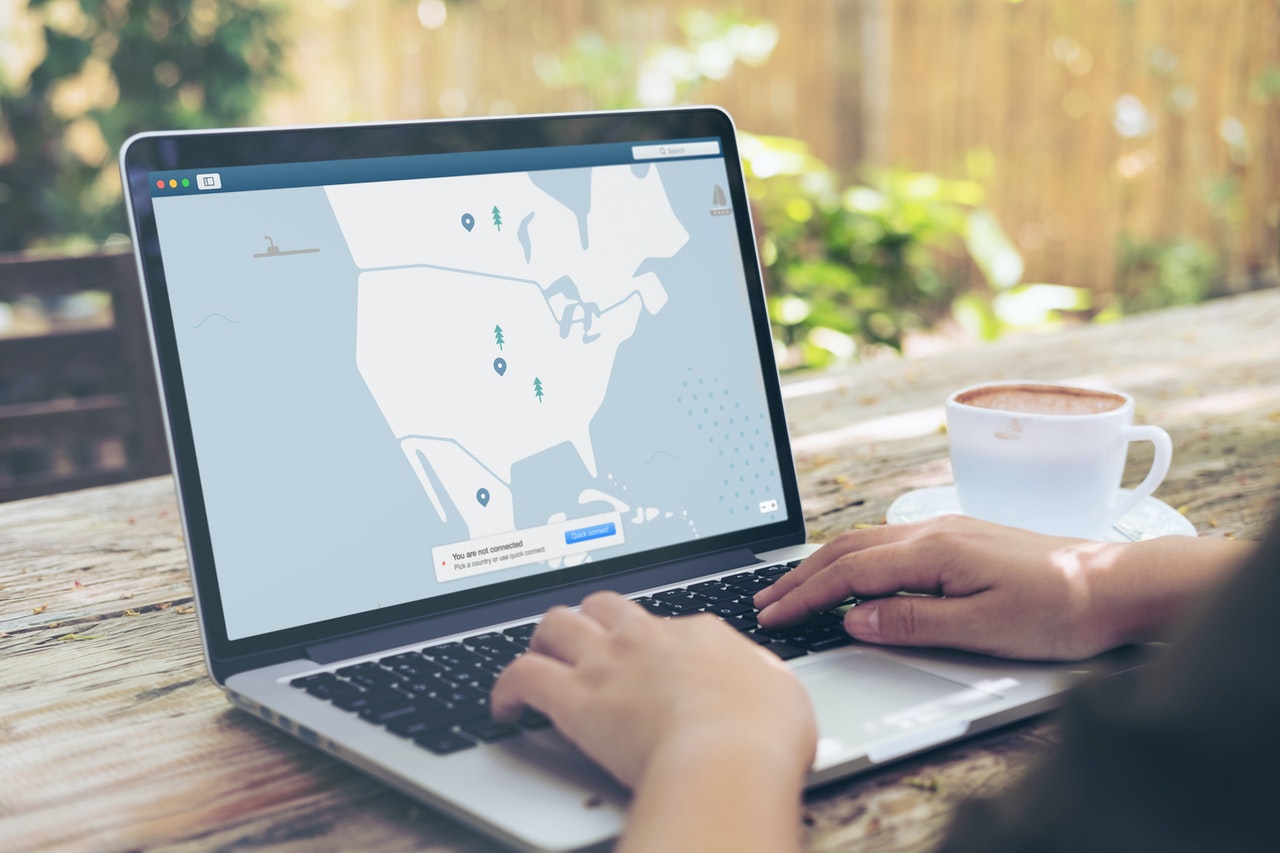With how many cyberattacks happen daily, one can never be too safe online. Did you do everything in your power to protect yourself and your virtual assets?
Let’s double-check: your firewall is on, you have the latest antivirus installed and updated, and you do not talk to strangers online or overshare private photos. But wait… what about social networks? How about those apps that transform your face into that of a top model?
Weak or compromised passwords? Credit card processing and online shopping data? All those times you connected to unsecured public Wi-Fi networks? Finally, what about all the times when you used face recognition to unlock your phone?
No matter how hard we try to keep our data private or scroll anonymously, we leave plenty of digital traces and are often victims of cybercriminals who can use that data for nefarious purposes.
But do not despair; we are here to teach you how to be more aware of the pitfalls and dangers of being part of the online ecosystem and help you boost your cybersecurity. Here is a list of steps you can take to create a safer virtual environment.
1. Use Antivirus Protection and a Firewall

This might seem like a no-brainer, but many of us don’t think that antivirus software is necessary on modern computers, and a significant number of people have no idea whether their firewall is even working.
However, anti-virus software remains the first and most important line of defense against malicious attacks. Its task is to block malware from entering your device and accessing your sensitive data. Don’t hesitate to invest in a product from a tried-and-true company that’ll work quietly in the background, keeping you safe. Don’t forget to update it regularly, as threats keep evolving, too.
Next to having a good antivirus, we cannot understate the importance of using a firewall. Humble as it is, it won’t even notify you of its existence but will quietly screen out all the malicious activity over the Internet and decide what traffic is safe to enter your device and which traffic should be blocked.
Your Windows and Mac OS come pre-equipped with their respective firewalls, and your router should also have it built-in to protect your home or business networks. Advanced users can also manually set up permissions for incoming and outgoing traffic for each app individually.
2. Use a Password Management Tool
We know setting up a simple password like “12345” is tempting when you have tons of other things to keep on your mind, but please don’t.
Hackers easily crack those passwords even through the simplest algorithms, thus leaving your data vulnerable to malicious attacks or identity theft. When setting up a secure password, try to make it unique and never use the same one twice. Make sure to include at least one lowercase and uppercase letter, one number, and a couple of symbols within a string of at least eight characters.
If keeping up with all the passwords for different social networks and email services makes you feel overwhelmed, we recommend opting for a password manager.
Any decent one can generate a random string of characters impossible to breach, removing the need to remember a bunch of passwords for your various accounts. It will use strong encryption keys and usually lean on a zero-knowledge policy. This means you only need to create and remember (or, better still, write down somewhere safe) a master password – the software will automatically create all the others.
Thanks to the zero-knowledge policy, not even the company providing the service will have any way of knowing your password, so make sure you don’t lose it!
3. Implement VPNs and Never Use Public Wi-Fi

To browse the internet, stream videos, torrent with ease, or access geo-blocked content, you’ll need to encrypt the traffic between your device and the website you are visiting by using a virtual private network (VPN) service.
How does a VPN achieve this? Routing your internet connection through a private remote server, thus bypassing your ISP network and hiding your IP address.
By employing a virtual private network when browsing or streaming, you’ll manage to shield your online activity from prying eyes even on unsecured public Wi-Fi connections. If you don’t have a VPN installed on your phone, a good option is to use your cell network data when you need secure browsing.
Finally, having a virtual private network will protect you from apps and websites that collect your location and browser history. Let’s not forget that VPNs aren’t always reliable, so make sure to test your connection occasionally for leaks, especially the common WebRTC leak.
4. Use Two-Factor or Multi-Factor Authentication
Most apps have the option of enabling multi-factor authentication services that add an extra layer of protection in addition to your primary password. This type of protection usually comes in the form of a special code sent via SMS or email, but biometrics such as fingerprint scanners can also be used.
Multi-factor authentication is great for keeping sensitive accounts safe. Even if a hacker manages to get through the initial login screen by guessing your password, they won’t be able to access your account without additional information that will hopefully be available only to you.
5. Be on Alert for Phishing Scams and Attacks
Just about anyone who has sent or received emails over the past few decades would have run into various scammers at some point. Phishing emails constantly evolve and find new ways of tricking people into revealing their credentials and sensitive personal information, opening malicious attachments, or clicking links that carry dangerous malware.
That’s why you should never open emails from suspicious or unknown senders. Also, always double-check emails that supposedly come from financial institutions or reputable companies.
Look at the general tone, try to spot grammatical errors, generic greetings without using your full name, and, above all else – trust your gut. Another good tip is to look for the URL of the site the email wants you to visit and check if it is a legitimate address instead of just blindly clicking on the link.
6. Backup Your Data Regularly to Prevent Cyberattacks

Even if you take all of the suggested steps, it may not be enough. That is why it is crucial to backup your data daily or weekly. This also ensures that you are safe from ransomware attacks, as long as you keep the backups on a separate drive.
We recommend following a simple 3-2-1 backup rule that calls for users to store three copies of their data on two different media types (local and external hard disc, for example) and at least one copy in an off-site location, such as cloud storage. Keep your OS and software up to date and test your backups frequently.
7. Be Careful With Mobile Devices
With more and more internet traffic migrating to mobile devices, you have to keep your smartphones and tablets secure too.
One can never be too cautious: only download and install apps from reliable software providers and trusted sources. Prevent your device from being vulnerable and exposed to new threats by updating it regularly so it can keep up with the latest malware.
We also recommend not sending sensitive information over SMS as that can expose it to hackers. Also, using a bank PIN or birthday date as your mobile passcode isn’t a good idea, so be creative when setting your phone up.
To prevent loss or theft of your device, keep the “Find my Phone” feature up and running. Finally, make sure to backup your data, sync it to a trusted cloud service (not personal data, though), and keep copies in a safe place.

I am Adeyemi Adetilewa, an SEO Specialist helping online businesses grow through content creation and proven SEO strategies. Proficient in WordPress CMS, Technical Site Audits, Search Engine Optimization, Keyword Research, and Technical Writing (Portfolio).
I help brands share unique and impactful stories through the use of public relations, advertising, and online marketing. My work has been featured in the Huffington Post, Thrive Global, Addicted2Success, Hackernoon, The Good Men Project, and other publications.

